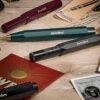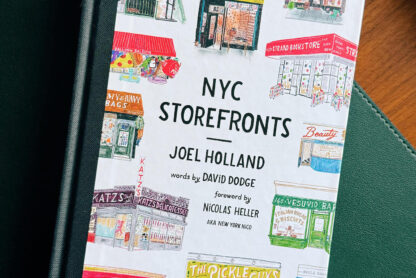This story originally appeared on the Gents Cafe Newsletter. You can subscribe here.
What makes something cool? Laurent Laporte would argue it’s rarely just beauty for beauty’s sake. Behind every page of Where Is the Cool? lies a pretext, a reason to linger, a story that insists on being told. Sometimes it’s as simple as a pair of loafers hiding fluorescent insoles—small contrasts that open a whole world of meaning.
As an Art Director and Creative Consultant, Laurent has worked with some of the most reputable brands in the world of fashion.
In this conversation, he reflects on discipline as the engine of creation, the sincerity often missing in today’s culture, and the timelessness of paper as a vessel for memory.
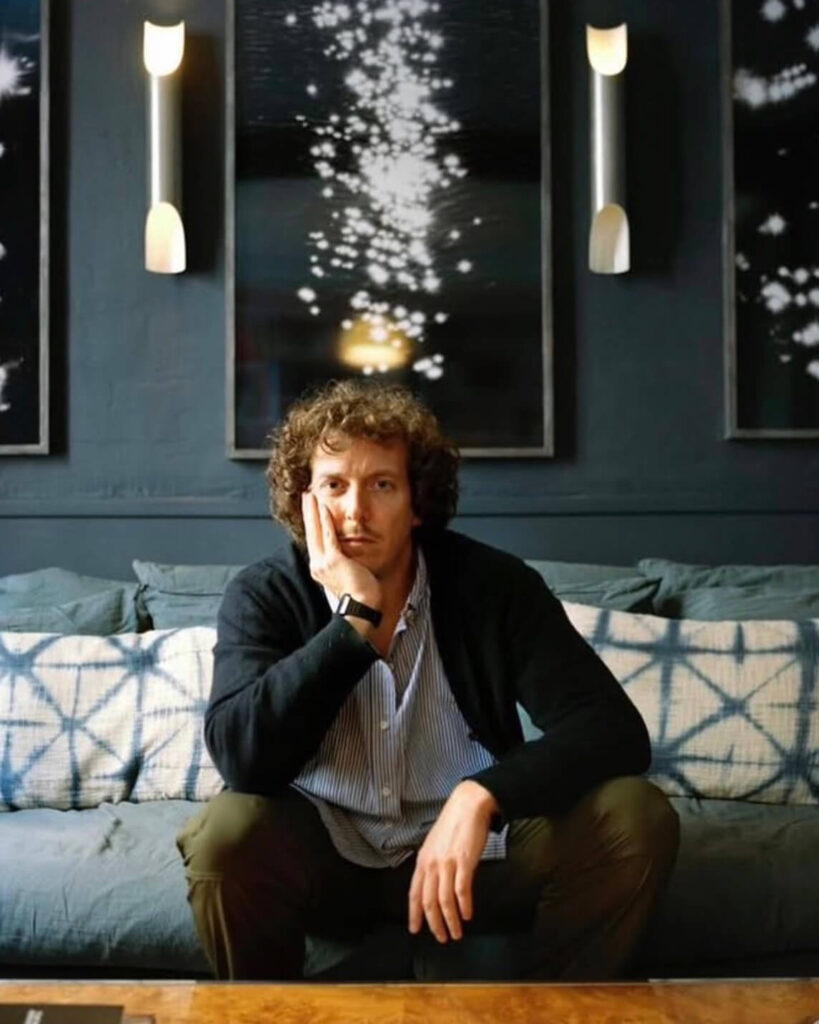
Your career spans photography, copywriting, and art direction. How does this multidisciplinary background shape the editorial identity of Where is The Cool?
My main background was in advertising. Over time, and through many mistakes, I learned how to conceptualize an idea. That’s often what comes through in the magazine’s editorials—I rarely create beauty for beauty’s sake; there always has to be something behind it, a sort of pretext. Photography came naturally in my youth while traveling, and I later added it almost by default, because I needed a way to produce my ideas somehow. Today, as an art director, I’m lucky enough to be able to ask far more talented photographers—who trust me enough—to collaborate with me.
You’ve described the magazine as a curated puzzle of items, places, and cultural artefacts. In that creative process, which moment of building an issue excites you the most—and why?
I only get excited when I discover something that awakens something in me—it could be a place, a dish, an object, a piece of music, etc. Then something compels me to archive it, talk about it, share it through the magazine. But the creative process itself excites me very little; on the contrary, it’s long, stressful, and laborious. It’s very hard to stay motivated when working on a project like this with a very small team, where every detail matters enormously. As the great boxer Usyk recently said: “I don’t have motivation to go train every day, I only have discipline.”

Of all the stories and objects you’ve featured, can you share one that resonated most strongly—with your readers or with you personally?
I’ll obviously contradict my previous answer by saying that, of course, there are some magical moments. For instance, once during a shoot, a stylist took off his loafers and inside were fluorescent Nike sport insoles—I found that contrast fascinating. I grabbed another camera, placed the shoes on a sheet of white paper in front of my window, and took three photos. I used them for the cover of Issue 3, and it’s probably the one I’m most fond of.
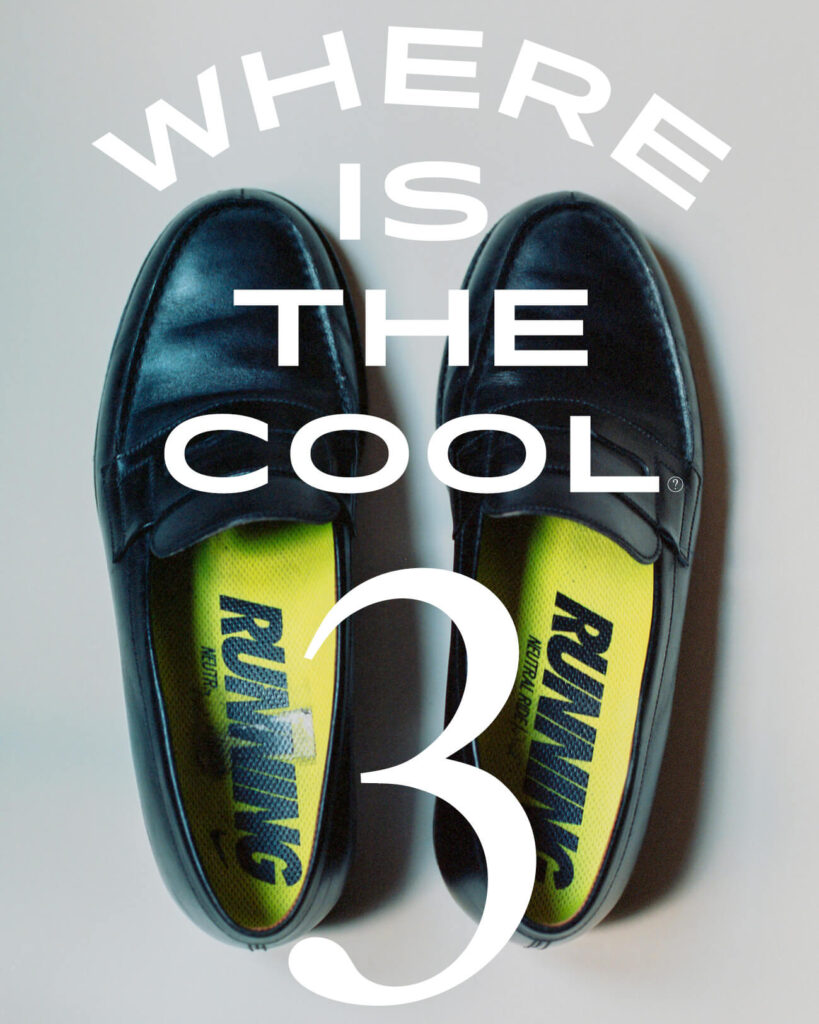
Looking back, how has your personal definition of “cool” evolved since the early blog days of Where is The Cool?
I’ve never found a true definition of “cool”—that’s exactly why one can chase it endlessly. What I do know, however, is that it’s closely and intrinsically tied to what’s happening in the world—and the world has changed a lot in recent years, standing on the brink of collapse: ecologically, socially, economically. So it raises many questions: Can we still consider it cool to fly across the world, with all the pollution that entails? Is it still cool to wear an expensive Rolex? Should an ’80s-style Ralph Lauren version of success still make us dream? Isn’t being cool today more about our ability not to have more, rather than to have? What I try to do, perhaps, is to seek out tomorrow’s cool—the one that will emerge from a global shift in imagination.
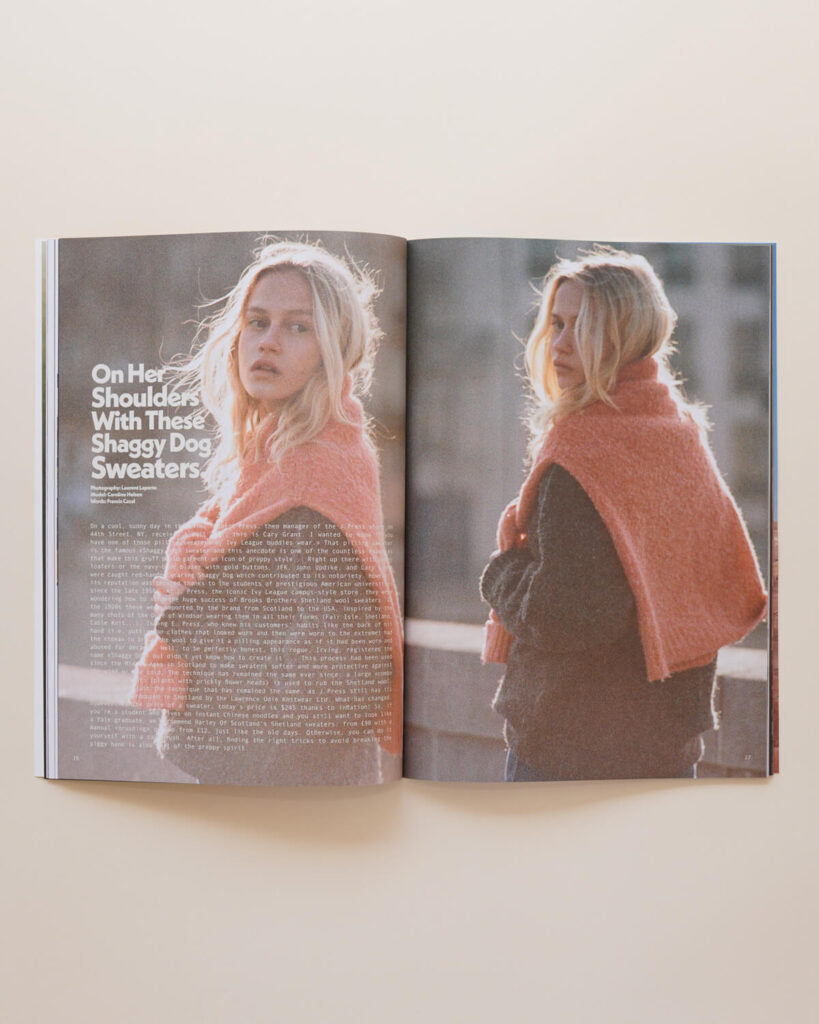
You’ve said that “cool” surfaced more easily before the 80s and 90s. What do you think we’ve lost since then? And is nostalgia a useful lens for creating today, or more of a trap to avoid?
Let’s say the ’80s and ’90s marked the beginning of the end. Capitalism eats away each day a little more at the main pillar of what makes something cool or not: sincerity. Too few projects, too few things are done sincerely today. Everything is made to maximize profit, almost systematically at the expense of quality and, in a way, the love that can be poured into it. Perhaps that’s why restaurants have made such a strong comeback in recent years: some chefs have tried to resist this collapse, and gastronomy may be one of the domains where this “resistance” is most visible.
Too few projects, too few things are done sincerely today. Everything is made to maximize profit, almost systematically at the expense of quality and, in a way, the love that can be poured into it.
Where is The Cool? is driven by the desire to capture and archive all the “cool things” that have ever existed, and to share them with others. What kind of relationship do you hope readers will develop with this living archive?
Print engraves something into time—it’s there forever. I see it as a kind of time capsule, more for readers who will stumble upon it thirty years from now than for those reading today. By then, many things will have changed, including what is or isn’t considered cool.
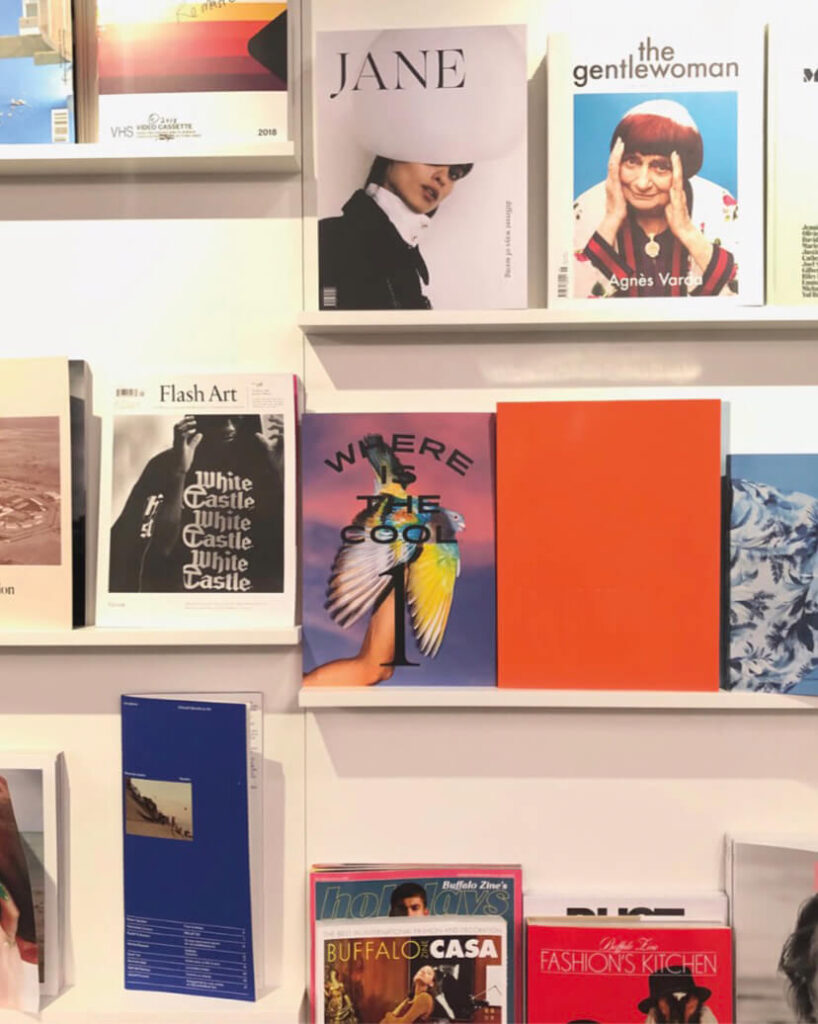
You chose print because “nothing will replace this.” What does the act of opening a printed issue mean to you—emotionally and creatively?
Who actually reads or carefully looks at something on a screen? Beyond the aesthetic and tangible appeal of paper, the act of opening a magazine and lingering on it creates above all a moment. And you’ll notice that “moments” are becoming increasingly rare in the middle of the race our lives have become, accelerated by the virtual.
Beyond the aesthetic and tangible appeal of paper, the act of opening a magazine and lingering on it creates above all a moment.
You’ve traveled extensively over the years. When you’re on the move, how do you spot what’s truly “cool” in a place—and what kind of inspiration do these journeys bring back into your work and your life?
Through sincerity. Not authenticity—which can be fabricated—but sincerity. Often this goes hand in hand with the fact that nothing in that place is designed to please you directly. You take it as it is, with its strengths and flaws, and it’s your own adaptation to it that creates the pleasure of being there. I can’t stand luxury that assumes everything must be tailored to your liking—it’s utterly boring.
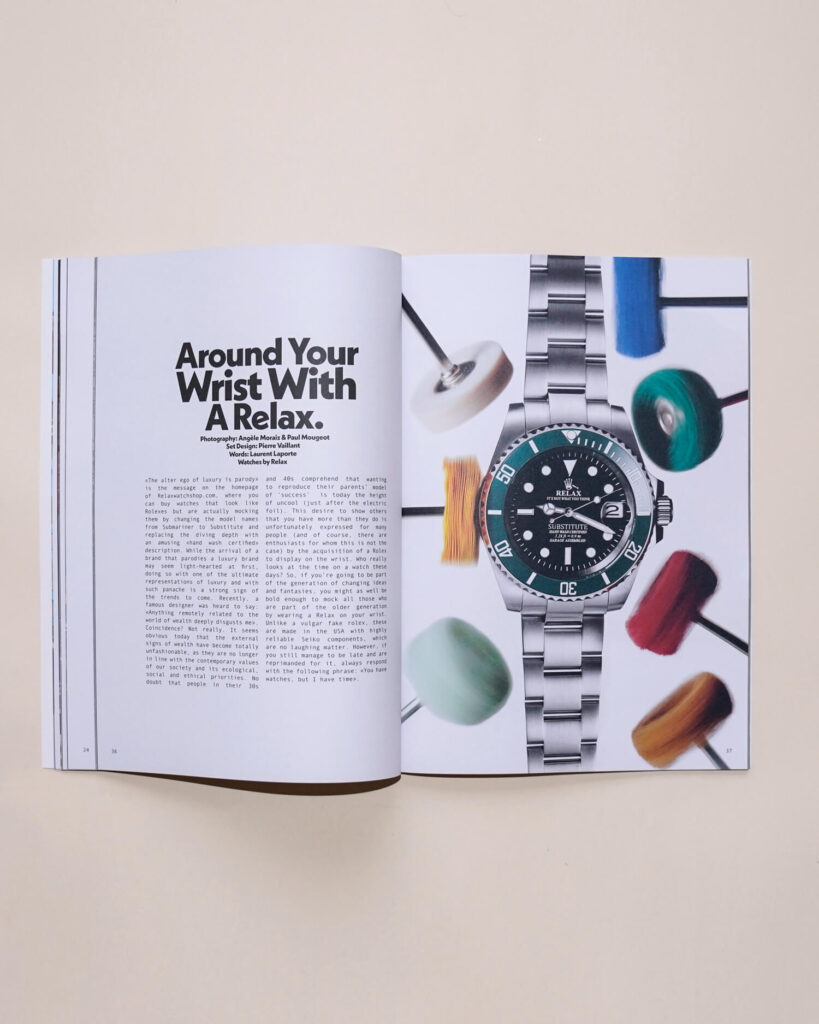
Is there a book, film, journey, or place that has particularly inspired your path—or influenced the direction you’ve taken with the magazine?
I was lucky one day to stumble across a few copies of Terrazzo Magazine, from the Memphis Milano collective. I flipped through them quickly, and the freedom radiating from them immediately made me realize it was time to do what I wanted.


